APIs increase opportunities for digital innovation
Digital platforms have shaped the logic of innovation and value creation in modern digital economy. APIs are used in multiple roles to create new kinds of innovation opportunities and benefit from them. Furthermore, APIs are useful for increasing the impact and reach of digital platforms and their offerings. APIs are tools for connectivity, interoperability, innovation, and even digital democracy. This article briefly discusses the key findings and their implications on the use of APIs in digital innovation based on a master’s thesis research.
APIs are the fabric of innovation in the networked digital economy
Digital platforms are important socio-technical structures in modern digital economy. They are enablers and accelerators for both value creation and innovation. Web-based application programming interfaces (APIs) are important pieces of software that provide connectivity, interoperability, and enable interaction between software. They can be bundled with other types of resources, such as social rules and contracts, to resource and secure platforms. APIs expand platform reach and enable boundary crossing innovation and value co-creation processed that are based on shared resources, such as data and capabilities.
Platform resourcing is done to expose its resources (e.g., data, capabilities, and access to customers) to foster value co-creation and innovation. Securing is done to moderate resourcing, capture value, and maintain platform stability and control. APIs are used for both resourcing and securing and enable balancing between them.
However, the new digital economy also calls for a new kind of innovation logic that is based on open and distributed innovation mechanisms. Organizations seeking to benefit from platform innovation need to understand the phenomenon and craft fitting platform and API strategies. The three API archetypes can be used to understand the role of APIs.
- Integrator seeks to combine resources and capabilities for service innovation through functional APIs. Typically permits third-party integrations and use.
- Mediator seeks to establish an ecosystem around a platform and increase value co-creation opportunities through shared customer base through functional APIs.
- Free data provider seeks to create alternative distribution channels and stimulate open innovation and data re-use in large populations through non-functional APIs.
APIs are multipurpose tools in digital platform innovation
The roles APIs have in digital platforms are numerous, overlapping, and non-exclusive. They can be clustered into three major groups.
- Service and business innovation
- Development and operations
- Ecosystem and collaboration
Each of the groups can be further divided into more detailed roles. They are based both on the empirical findings and supported by literature.
| Group | Role | Description |
| Service and business innovation | Enable and support innovation | Resourcing is done to enable open and distributed digital innovation and foster generativity. The role includes decreasing barriers to use APIs in service innovation. |
| Exploit combinatorial innovation and generativity | APIs enable exploiting the potential of combinatorial innovation, enable wakes of innovation, and the creation of new service configurations and systems through generativity. | |
| Creation of new service offerings, business models, and markets | APIs enable the creation of new service offerings and business models. They can be used to create new markets (i.e., API economy) and enable the productization of new kinds of services and products and disseminating them to market. | |
| Service delivery and distribution channel | APIs are used to deliver services and operate as data distribution channels. They enable machine-to-machine services and related use cases. APIs influence innovation potential by operating as additional and alternative channels. | |
| Service specialization | APIs enable the creation of specialized services based on standard modules. Specialization enables niche players to differentiate and position themselves in API and platform economy and ecosystems. | |
| Development and operations | Integration and interoperability | APIs are used to integrate systems, processes, services, and data. They are used for interoperability, harmonization, and standardization. APIs are used to remove silos and manage complexity. |
| Automation and cost-savings | APIs enable automation and scalability that provide cost-savings, decrease the need for manual work, and increase cost-efficiency. | |
| Modular service development | APIs enable the creation of modular service configurations. Other systems and services can use internal and external APIs for capabilities and resources they provide. Modern web-based applications are based on and built with APIs. | |
| Ecosystem and collaboration | Ecosystem development | APIs are used to develop platform ecosystems and build it around themselves. They support ecosystem activities and growth and provide means for ecosystem interaction. APIs increase positive dependencies and commitment and attract external developers. |
| Creation of new kinds of partnerships and service co-creation | APIs enable service co-creation based on new kinds of partnerships. Positive dependencies are created between API ecosystem actors. | |
| Brand building and marketing | APIs are used in platform brand building and marketing. They contribute towards ecosystem development and developer attraction. |
Open data APIs are good for smart cities and innovation
Based on a master’s thesis research
The research was carried out as a qualitative multiple-case study in information systems science. It explores APIs and innovation from a socio-technical perspective. The research objective was to explore and describe how web-based APIs are used in digital platform innovation. To answer the question, ten experts were interviewed from seven companies and/or public sector organizations. The findings were developed into themes and a typology of API roles in digital platform innovation. Literature on open, distributed, and digital innovation and digital platforms was utilized to build a theory-based research framework. Full thesis available at https://urn.fi/URN:NBN:fi:jyu-202012157105.
Helsinki Region Infoshare (HRI) was one of the research sites investigated during the study. It was identified both as a digital platform for open data and an active actor in the open data landscape. HRI supported digital platform resourcing through knowledge sharing and social boundary resources (e.g., metadata, articles, and other information). The objective was to increase the understanding and exposure of open data.
APIs were mostly utilized as alternative delivery channels for open data aligned with the free data provider archetype. Open data APIs are important in increasing the use and potential of open data. They effectively decrease the barrier to build software and utilize the data in value added applications. Data exposed through APIs is easier to mix and match with other data and resources. The combinatorial and generative innovation potential is thus increased drastically compared to static data sets. Moreover, the reach of the platforms providing open data is increased. APIs enable access to timely and trustworthy data and increase its circulation. In addition, APIs enable open innovation knowledge flows across the organizational boundaries. For example, knowledge embedded in the data can be exploited externally and the data publisher gains understanding on what data is used and for what. It can be that a smart city wants to publish open data to stimulate digital innovations that in turn generate more data and better services for the citizens. The knowledge flows create a positive innovation loop.
However, it was found that APIs, while important, cannot and shouldn’t be the only delivery channel for open data. APIs are useful for large-scale use and machine readability but are difficult to use for non-technical audiences, which might include students, hobbyists, and decision makers. They create a technological barrier to use but also increase innovation opportunities for those with the required capabilities.
Moreover, the design and use of open data APIs calls for matching platform strategy. It should consider at least strategic objectives, API design choices, and how to gain and utilize the required technical and socio-economic resources and capabilities. For example, open data APIs are good for exposing data and increasing transparency. However, it might become cumbersome to maintain the APIs should they be used for large-scale commercial use without any value provided back to the platform. However, it is all dependent on the underlying strategies, for example on the city or region level.
These findings are supported by case studies (e.g., Zuccalà & Verga, 2016) in smart city research. APIs catalyst service innovation, transparency, interoperability, and digital democracy. However, they need to be supported by knowledge-transferring social resources, such as documentation and guidelines. Open data APIs should be considered as services in smart city platforms.
The author is working as a chief business development officer (CBDO) at a Finnish software company Metatavu. Furthermore, he is exploring topics and research problems around APIs for his doctoral dissertation and is open for academic and practical collaboration.
Full thesis available at https://urn.fi/URN:NBN:fi:jyu-202012157105.
Contact:
mikko.lampi@metatavu.fi
+ 358 50 3211 859

